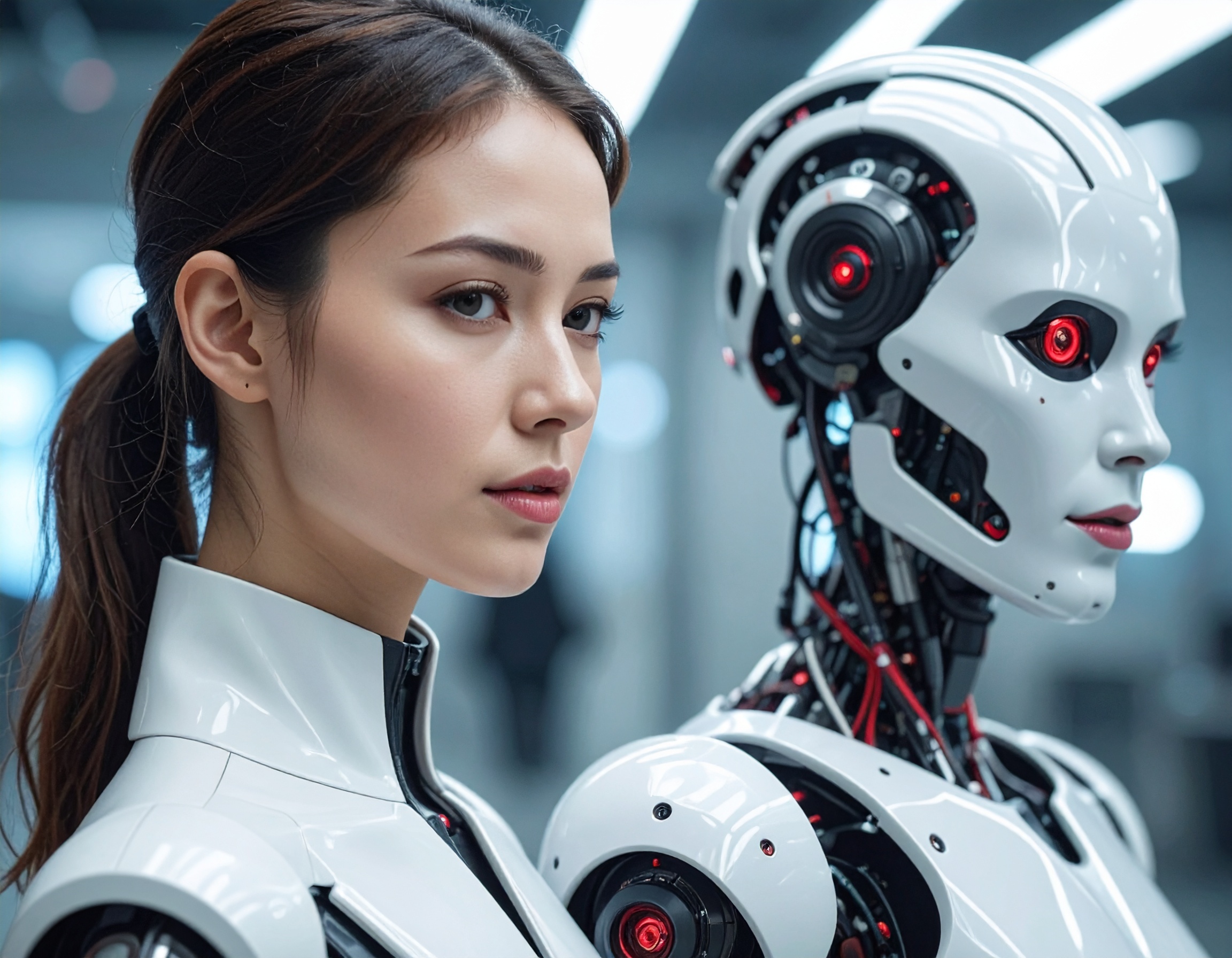The Future of Manufacturing: How Humanoid Robots are Transforming China’s Industrial Landscape

The Rise of Humanoid Robots in Manufacturing
On May 8, 2025, China marked a significant milestone in the evolution of manufacturing technology with the introduction of humanoid robots into its factories. These robots, such as the Walker S1 from UBTech Robotics, are not just performing basic tasks—they are revolutionizing the entire manufacturing process. As China continues to lead the way in robotics and artificial intelligence (AI), this development highlights the increasing role of intelligent agents and digital employees in the workforce.

The Role of Walker S1 Robots in Smart Factories
At Geely's 5G smart factory in Ningbo, the Walker S1 humanoid robots are now essential members of the assembly line. These robots are tasked with sorting materials, transporting goods, and installing components—tasks that require both precision and efficiency. Standing at 172 centimeters tall with a sleek silver exterior, the Walker S1 is an impressive example of what modern humanoid robots can achieve. Initially designed for entertainment, these robots have evolved into sophisticated digital employees, ready to work alongside human workers in complex environments.
The Growing Demand for Humanoid Robots in Industry
The success of the Walker S1 robots is not an isolated case. Major companies such as BYD, Foxconn, and SF Express have already integrated these robots into their operations, signaling a larger trend toward automation in manufacturing. With over 500 units already ordered and many more expected, the demand for humanoid robots is only set to increase. These digital employees offer significant benefits, including higher efficiency, reduced labor costs, and the ability to work in dangerous or repetitive tasks.

China's Commitment to Robotics and AI Innovation
China is not only embracing humanoid robots but is actively investing in their future. Local governments in cities like Beijing, Shanghai, and Shenzhen are backing the development of humanoid robotics with dedicated funds. Furthermore, the Ministry of Industry and Information Technology has set clear goals for the advancement of humanoid robots, including breakthroughs in key technologies and the creation of an innovation ecosystem. This commitment is helping position China as a global leader in AI and robotics, setting the stage for the widespread adoption of non-human workers across multiple industries.
Humanoid Robots and the Future of Work
As the integration of digital employees continues to expand, the role of intelligent agents in industries worldwide will become increasingly important. In China, the adoption of humanoid robots in manufacturing marks the beginning of a new era, where automation and AI transform traditional processes. These technological advancements promise not only to boost productivity but also to create new opportunities for innovation across the industrial sector. With ongoing investments and research, China is poised to remain at the forefront of this technological revolution.

Key Highlights:
- Humanoid Robots in Manufacturing: China is integrating humanoid robots, such as the Walker S1 from UBTech Robotics, into factories. These robots perform tasks like sorting materials, transporting goods, and installing components with precision.
- Geely's Smart Factory: The Walker S1 robots are currently operational in Geely's 5G smart factory in Ningbo, marking a significant step in the automation of manufacturing processes.
- Wider Adoption Across Industries: Major companies like BYD, Foxconn, and SF Express are adopting humanoid robots. Over 500 units have already been ordered, with increasing demand expected for these digital employees.
- Government Support and Investment: Local governments in cities like Beijing, Shanghai, and Shenzhen are investing in humanoid robotics, while the Ministry of Industry and Information Technology has outlined goals to advance robotics technology in China.
- China’s Global Leadership: China is positioning itself as a global leader in AI and robotics, setting the stage for a widespread shift toward intelligent agents and non-human workers in various sectors.
Reference:
https://www.chinadaily.com.cn/a/202505/08/WS681c1509a310a04af22be136.html


